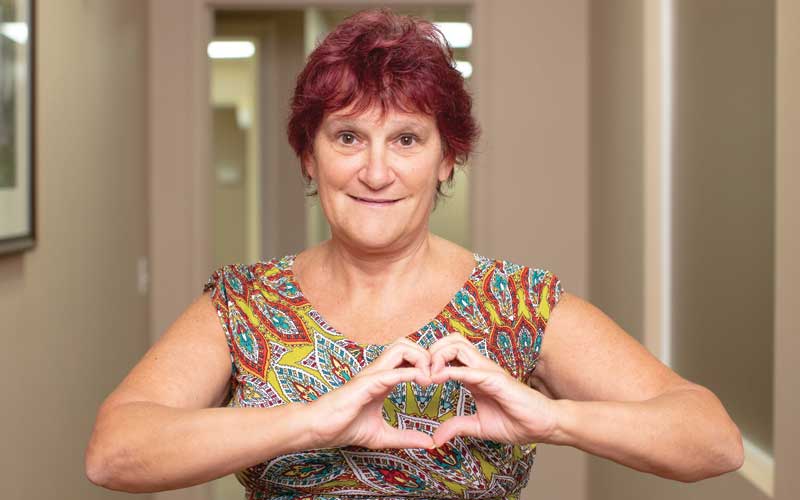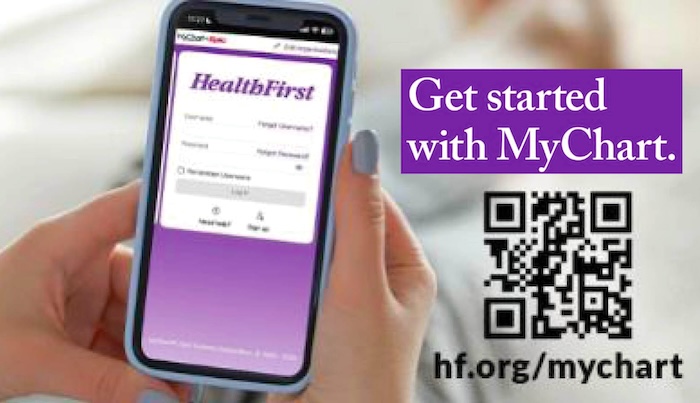Health First Behavioral Health Therapist Toni Stephens Details In-Person and Virtual Therapy Options
By Space Coast Daily // May 9, 2025
Convenience Meets Connection in Today’s Therapy Choices

BREVARD COUNTY, FLORIDA ─ Since the pandemic, the landscape of mental health care has rapidly shifted.
What was once predominantly a face-to-face experience has expanded to include virtual sessions, digital platforms, and even therapy apps, creating a broad menu of options for people seeking help. But with so many choices, how does someone decide what’s right for them?
Toni Stephens, a licensed behavioral health therapist at Health First, helps guide patients through that very question every day.
With firsthand experience offering both in-person and virtual care, Stephens shared her insights into what today’s therapy seekers should consider when exploring their mental health options.
Stephens said teletherapy can be incredibly effective for many people, particularly those who struggle with scheduling or prefer the comfort of their home.
“The biggest advantages are convenience, don’t have to leave the house, comfort, no waiting in a waiting room, easily accessible and it minimizes contagions,” she said.
Since the pandemic, more patients have been open to trying virtual sessions, and many have found the convenience hard to beat.
“Virtual is quicker to see a therapist,” she noted, though she added that “some still prefer face-to-face encounters.”

Still, there are downsides that patients should consider before committing to teletherapy.
“Disadvantages: technology difficulties, some may not have access to technology, security, body language not seen, and insurance may not cover,” Stephens said.
A good therapist is trained to pick up on subtle cues — body language, posture, eye contact — and those are harder to observe through a screen. Tech issues and privacy concerns can also present barriers for some patients.
For someone deciding between in-person and online therapy, Stephens recommends evaluating one’s day-to-day reality.
“Scheduling and convenience,” she said, are the most important factors.
Certain mental health conditions might be better suited to one format over the other.
“Folks with bipolar, depression,” she said, may require closer observation or more intensive support that’s easier to provide in person.
Stephens also offered advice for people seeking therapy through non-traditional apps or platforms. With an overwhelming number of digital therapy services now available, how do you know what’s legitimate?
“Make sure that it is HIPPA compliant,” she said plainly.
A reputable teletherapy service should meet all HIPAA privacy standards to ensure that patient data remains protected.
Starting therapy can be intimidating, especially with so many options now at our fingertips. Stephens encourages people to do their homework before selecting a therapist or format.

“This is about your mental health, do what you feel comfortable doing, shop around and try different therapy formats, find what fits you. Therapy is all about you,” said Stephens.
While it may take time to find the right match, Stephens said comfort, accessibility and consistency are key to building a successful therapeutic relationship.
In addition to one-on-one counseling, Stephens leads group therapy sessions, which she says can be especially impactful for people struggling with depression, isolation, or after a crisis.
“In a group, you are not alone,” she said. “You get more treatment in group, 9 hours per week versus 50 minutes per week at Health First), hear others’ struggles, which brings a feeling of gratitude, you get feedback in group, and intensive outpatient programs (IOP)
has psychiatry.”
Group therapy, particularly in IOP, gives patients structured time with mental health professionals and peers, often leading to quicker progress and a sense of belonging.
Stephens said, “Group settings can be especially beneficial where there is little to no support for the person, after a suicide attempt or mental health hospitalization, with rapid cycling bipolar, or for those severely depressed.”
Still, many are hesitant to speak openly in a group out of concern for privacy. Stephens reassures patients that they are never forced to share more than they’re comfortable with.
“They get to share whatever they want,” she said.
As with individual sessions, group therapy can now also be conducted virtually, but how does it compare?
“The information is still the same,” said Stephens. “What is different is how it is presented.”
While in-person groups often foster deeper personal connections, virtual groups offer a valuable alternative for those facing barriers like transportation issues, health concerns, or tight schedules. The content and therapeutic objectives stay the same — it’s simply the delivery that differs.
Even therapy apps, once dismissed by professionals, are becoming part of the conversation and Stephens acknowledges their convenience.
“They may be accessed quicker,” she said.
For patients in crisis or in need of immediate support, these apps can offer a faster entry point. However, she cautions that they are not a replacement for long-term therapy with a licensed professional.
Ultimately, the wide array of therapy formats available today reflects a more accessible, personalized approach to mental health. Whether virtual or in-person, individual or group, what matters most is that people are reaching out and getting the help they
need.
As Stephens puts it, “See what works best for their schedule and lifestyle.”













